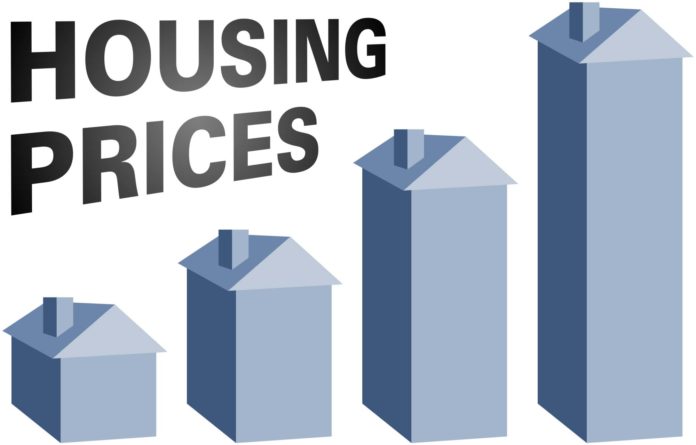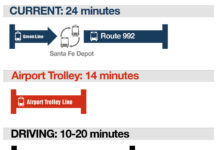Living in a decent and affordable housing is vitally important to every Californian. Unfortunately, California’s housing costs have been rising rapidly for decades and, as a result, many households are forced to make serious trade-offs in order to live here. California is witnessing a serious housing shortage.
Southern California home prices soared to all-time highs in March, pushing values further out of reach for some buyers. The median price for a home in Southern California jumped 8.4%, hitting a record $519,000, up $40,000 from March 2017 levels, real estate data firm CoreLogic reported Monday, April 23.
Increased Supply, Low Costs Lack of Supply Drives, High Housing Costs
Shortage of housing results in high and rising housing costs. When the number of households seeking housing exceeds the number of units available, households must try to outbid each other, driving up prices and rents. Increasing the supply of housing can help alleviate this competition and, in turn, place downward pressure on housing costs.
Inventory imbalance is what has caused available homes to sell quickly, reducing days on the market, thereby making it difficult for buyers to look around without worrying about losing a home they like quickly, creating an auction mentality that also increases prices, says Seth R. Freeman, CIRA, Senior Managing Director, Glass Ratner.
As widely reported, new home construction slowed during the Great Recession and during this period, most new residential construction was apartments, not single family homes. Meanwhile, a large number single family homes have been taken off the market by large institutional investors that invested in funds operated by distressed real estate buyers that bought them at low prices and are now managing them as rentals. “Since the end of Recession, new home construction has not caught up and there is a shortage of homes. This is an under-reported reason for shortage of homes for sale,” Seth said.
The real problem, Seth says is not necessarily rising prices, but rising interest rates. The cost of homeownership can be more important than the purchase price. As interest is the majority of a homeowner’s mortgage payment, particularly in the early years, an increase in interest rates can significantly increase one’s mortgage payments. This puts pressure on many buyers and increases pressure on incomes that have not seen significant growth.
The average rent in San Diego is $2,028, according to Rentcafe.com, which tracks California rents. The average $2,028 rental unit is 820 square feet, according to Rentcafe. The average two-bedroom apartment rents for $2,190, and a three-bedroom goes for $2,773.
In the areas served by the Clairemont Times, home prices remain relatively reasonable and many buyers will be able to make full utilization of the new $10,000 cap on deductions for State and local Taxes (SALT), such as property tax. Buyers of homes with prices above say, $800,000 will probably have SALT that exceeds the $10,000 cap and their payments will be on an after-tax basis. This may crimp the capacity to spend money on discretionary expenses, cars, vacations, home improvements etc.
– Seth R. Freeman, CIRA, Senior Managing Director, Glass Ratner
A group of rent control advocates, San Diego Tenants United is calling for city leaders to pass a rent control ordinance to curb the skyrocketing cost of living in San Diego. In a letter to San Diego’s Smart Growth & Land Use Committee Chair – Georgette Gomez, the group requested a new rent control ordinance and amendment to San Diego’s Just Cause Eviction ordinance to prohibit landlords from increasing rents or displacing families. The group believes a permanent ordinance and amendment will slow the rate of increase in local rents and stifle the local housing crisis.
The U.S. real estate sector tends to be cyclical with adjustments every 10-12 years and California, despite the demand is not immune to this. “I don’t think that should discourage anyone from seeking to buy a home, whether it’s a house or a condo. Besides long term appreciation, there is gratification from owning one’s home,” Seth said.
Addressing California’s housing crisis is one of the most difficult challenges facing the state’s policy makers. The scope of the problem is massive. Millions of Californians struggle to find housing that is both affordable and suits their needs. The crisis also is a long time in the making, the culmination of decades of shortfalls in housing construction. And just as the crisis has taken decades to develop, it will take many years or decades to correct. There are no quick and easy fixes.
Tanya Sawhney is a Freelance Journalist and can be reached at: mailtanya05@gmail.com




